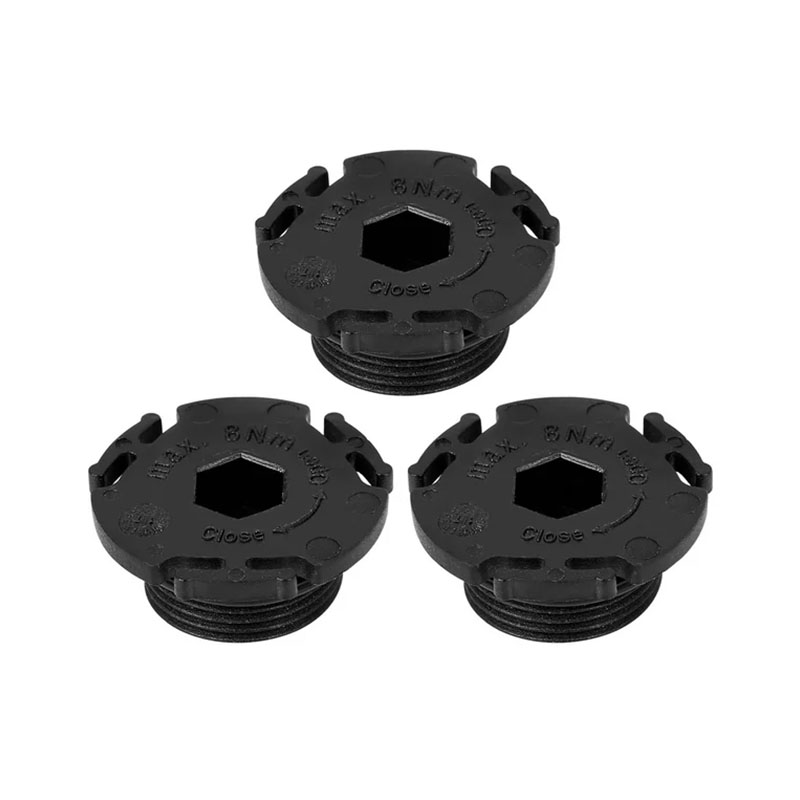transmission gasket seal
Understanding the Importance of Transmission Gasket Seals
The transmission system is a critical component of any vehicle, responsible for transferring power from the engine to the wheels. Within this intricate system, the transmission gasket seal plays a vital role, ensuring optimal performance and longevity of the transmission. In this article, we will explore the significance of transmission gasket seals, their functions, common issues, and maintenance tips.
What is a Transmission Gasket Seal?
A transmission gasket seal is a thin, flexible material that fits between the transmission housing and other components, such as the oil pan, to prevent the leakage of transmission fluid. This seal is typically made from materials like rubber, cork, or special synthetic blends designed to withstand high-temperature environments and resist degradation over time.
The Role of Transmission Gasket Seals
The primary function of a transmission gasket seal is to create a barrier that keeps the transmission fluid contained. Proper levels of transmission fluid are essential for lubricating the various components within the transmission, allowing smooth shifts and preventing wear and tear. The transmission fluid also plays a crucial role in cooling the transmission and ensuring it operates efficiently.
Common Issues with Transmission Gasket Seals
Despite their importance, transmission gasket seals can be prone to wear and damage over time. Some common issues include
1. Fluid Leaks One of the most obvious signs of a failing gasket seal is the presence of transmission fluid leaks. If you notice red or brown fluid pooling under your vehicle, it could indicate a compromised gasket seal.
2. Overheating A damaged seal can lead to low transmission fluid levels, resulting in overheating. Overheating can cause significant damage to the transmission, including burnt fluid and irreparable component damage.
transmission gasket seal

3. Poor Performance If the transmission does not shift smoothly or makes unusual noises, it may be due to inadequate lubrication caused by a leaking gasket seal.
4. Fluid Contamination A failing gasket can allow dirt and debris to enter the transmission fluid, leading to contamination. Contaminated fluid can impair the performance of the transmission and accelerate wear on internal components.
Maintenance and Replacement
To ensure the longevity and performance of your transmission, regular maintenance is essential. Here are some tips to keep in mind
1. Regular Inspections Periodically check for any signs of leaks or wet spots around the transmission. Early detection of a failing gasket seal can prevent more extensive damage.
2. Fluid Changes Follow your vehicle manufacturer’s recommendations for transmission fluid changes. Regularly changing the fluid can help maintain optimal performance and prevent overheating.
3. Professional Service If you suspect a leak or other issues with your transmission gasket seal, it is wise to consult a professional mechanic. They can perform a thorough inspection and recommend repairs or replacements as needed.
4. Use Quality Parts If replacement is necessary, ensure that you choose high-quality gasket seals that are compatible with your vehicle's transmission. Cheap or inferior materials may not provide a proper seal and could lead to future problems.
Conclusion
The transmission gasket seal may seem like a small component, but its role in the overall function of the transmission is paramount. A well-functioning seal safeguards against fluid leaks, overheating, and poor performance, ensuring that your vehicle operates smoothly and efficiently. Regular maintenance and inspections can help identify potential issues before they escalate, providing drivers with peace of mind. By understanding the importance of transmission gasket seals, vehicle owners can take proactive steps to protect their investment and ensure their vehicle remains in optimal condition for years to come.
-
Understanding the Front Main Engine Seal: Purpose, Maintenance, and Installation
News Jul.29,2025
-
Understanding O-Rings and Seal Rings: Types, Applications, and Custom Solutions
News Jul.29,2025
-
Understanding Crankshaft Oil Seals: Rear Seals, Pulley Seals, and Their Role in Engine Integrity
News Jul.29,2025
-
The Importance of Front and Rear Crankshaft Seals in Engine Performance and Oil Management
News Jul.29,2025
-
Crank Oil Seals: Functions, Types, and Cost Considerations in Engine Maintenance
News Jul.29,2025
-
A Comprehensive Guide to O-Rings and Seals: Types, Materials, and Global Applications
News Jul.29,2025
-
Mastering Diesel and Performance Engine Maintenance: A Guide to Critical Oil Gaskets
News Jul.28,2025
Products categories















